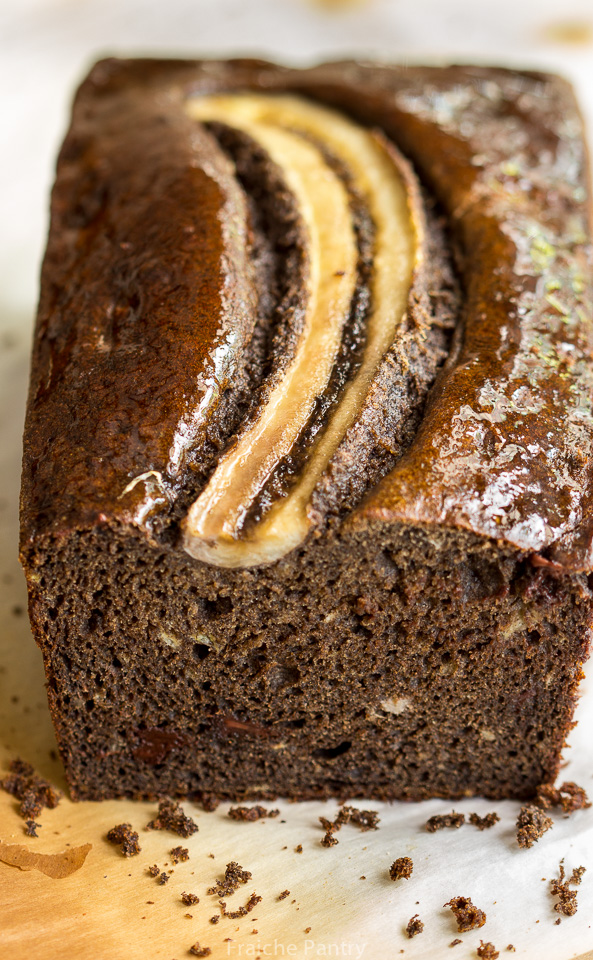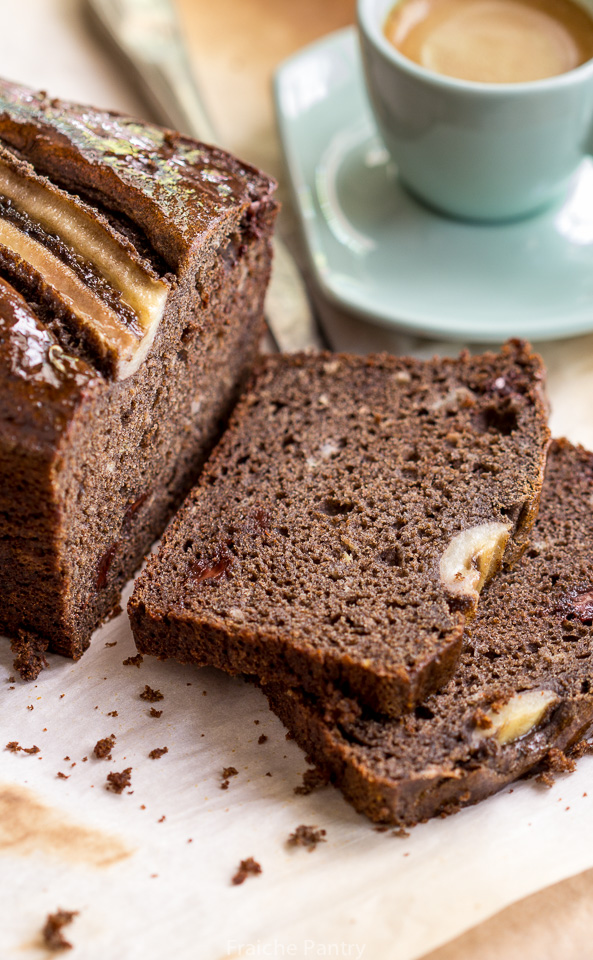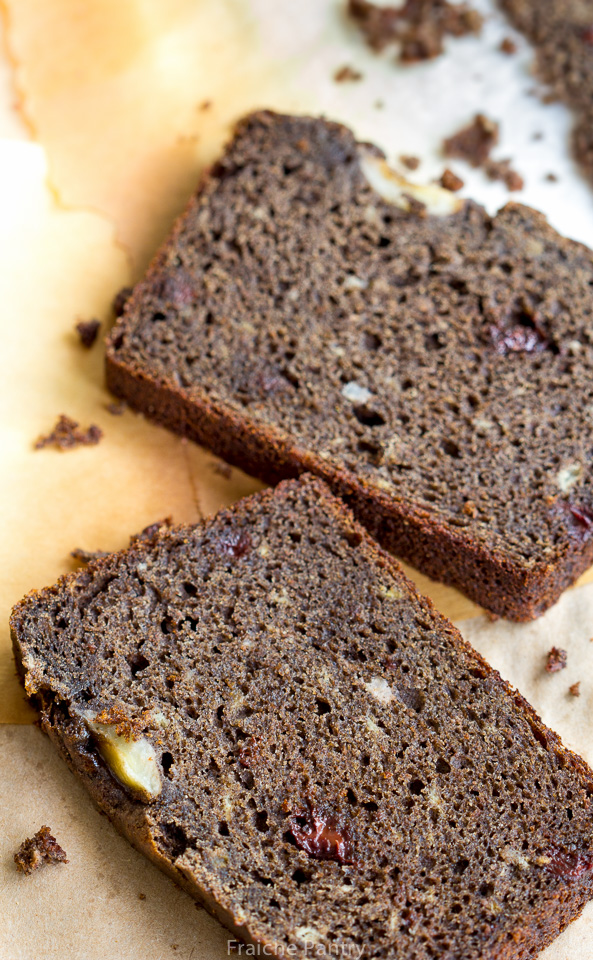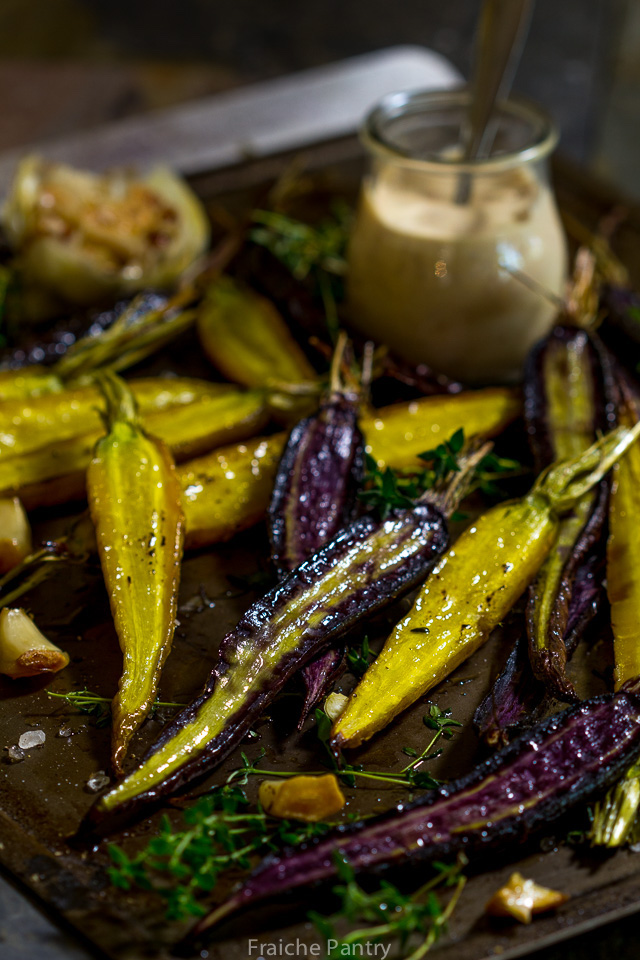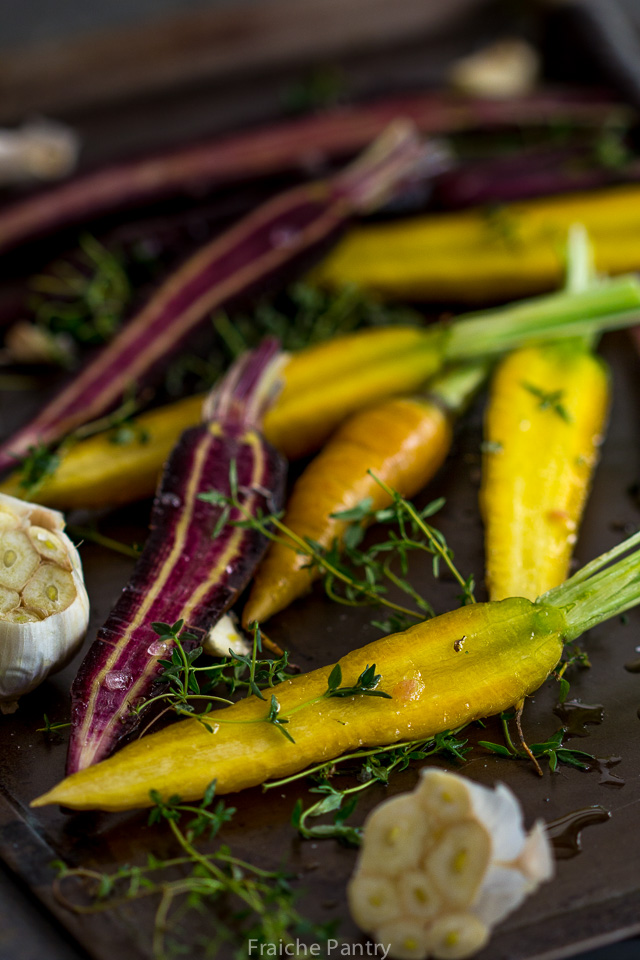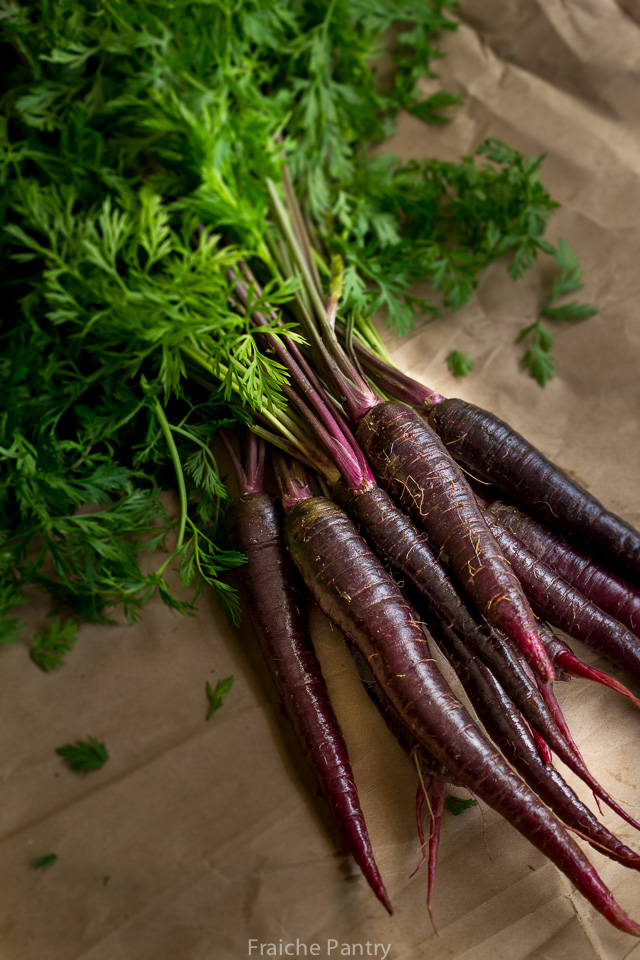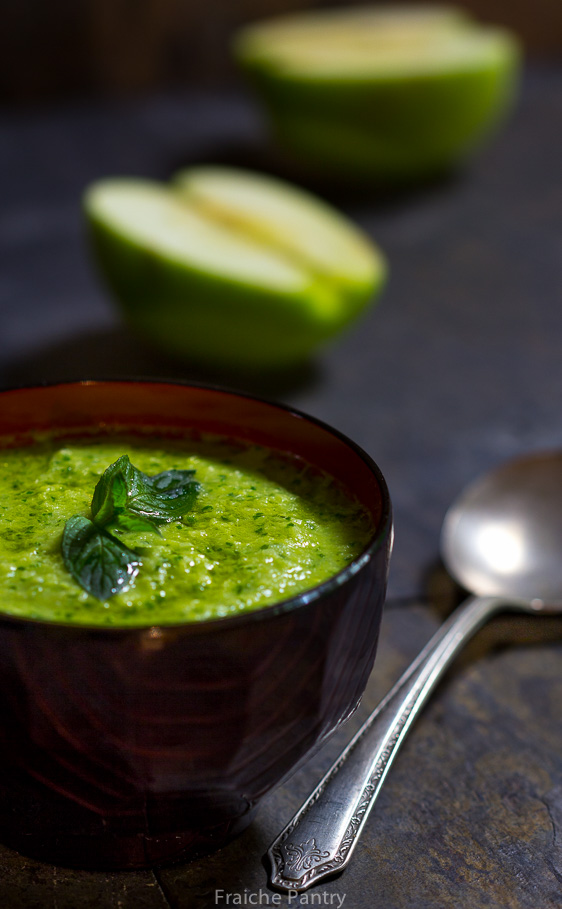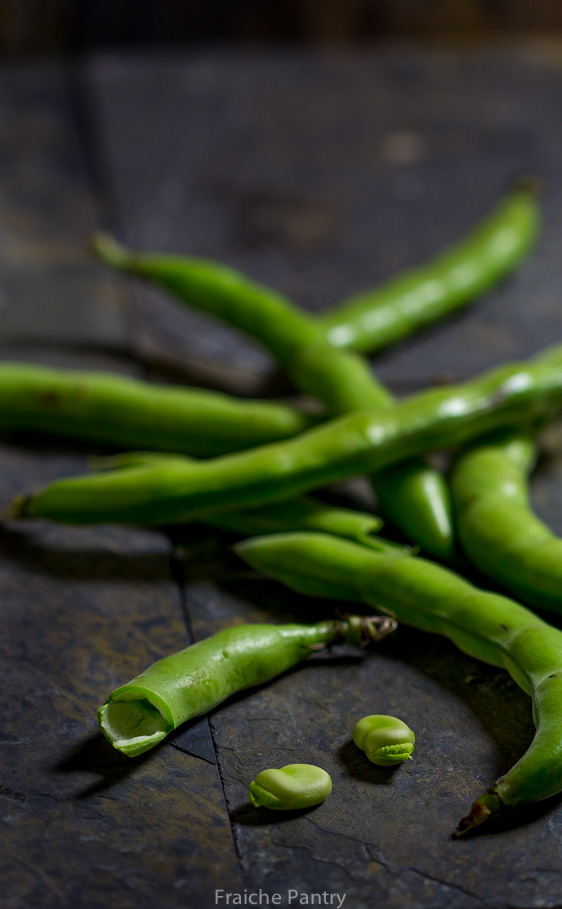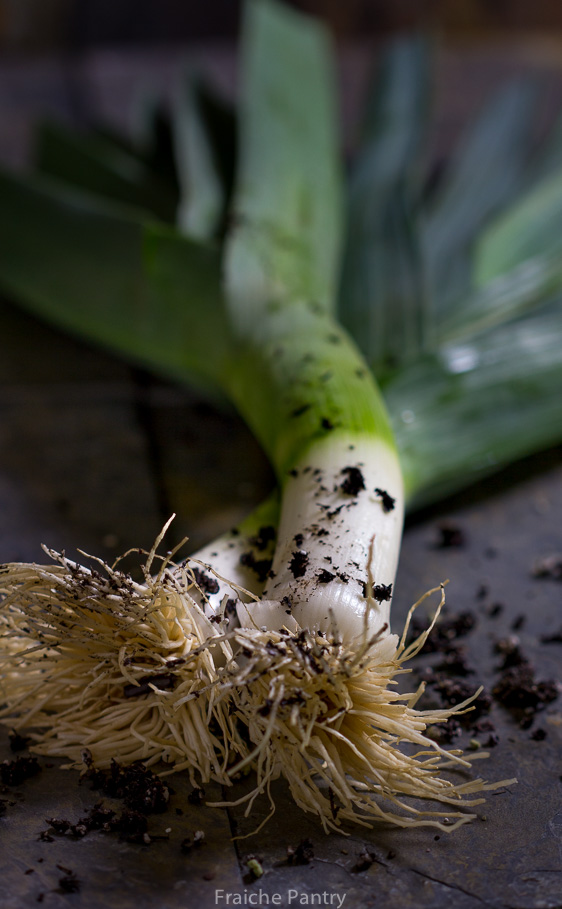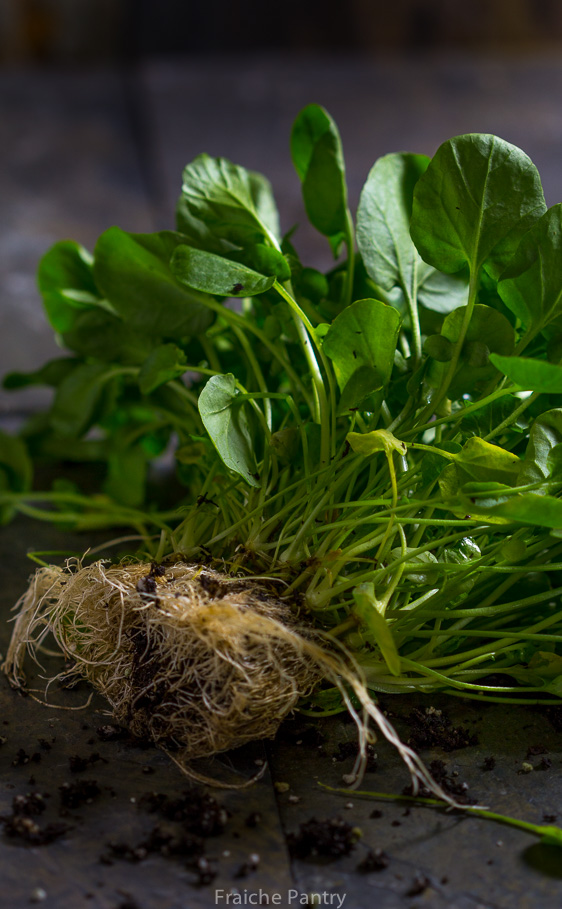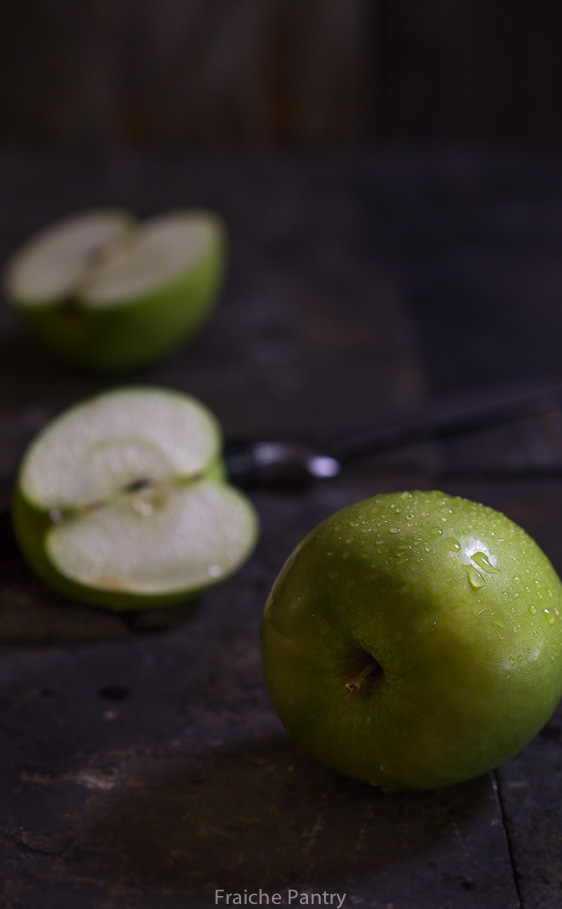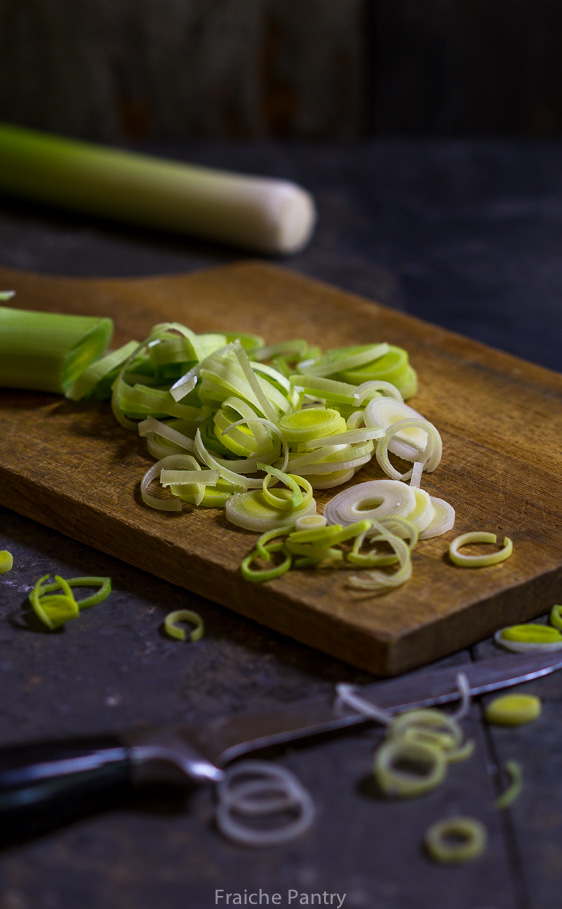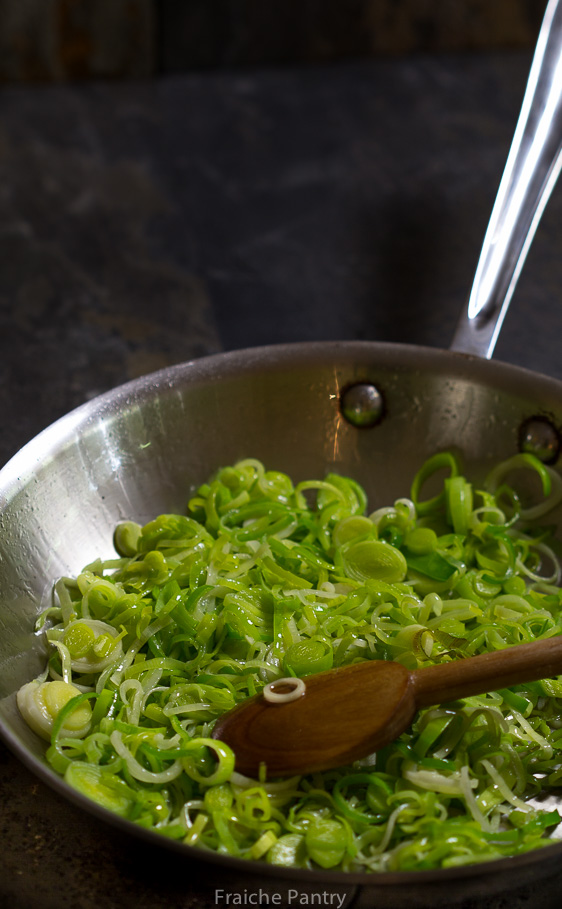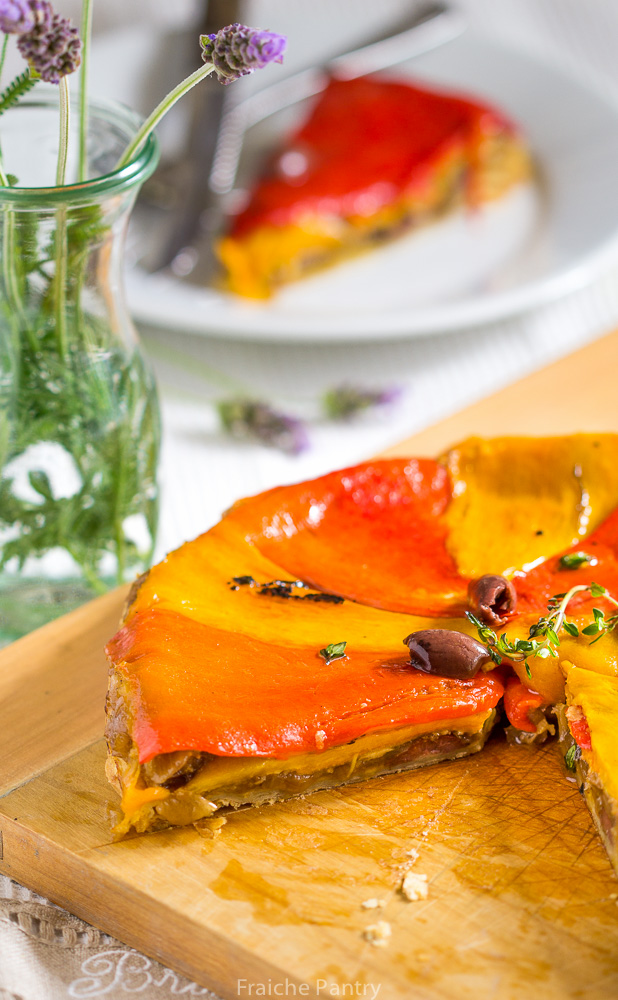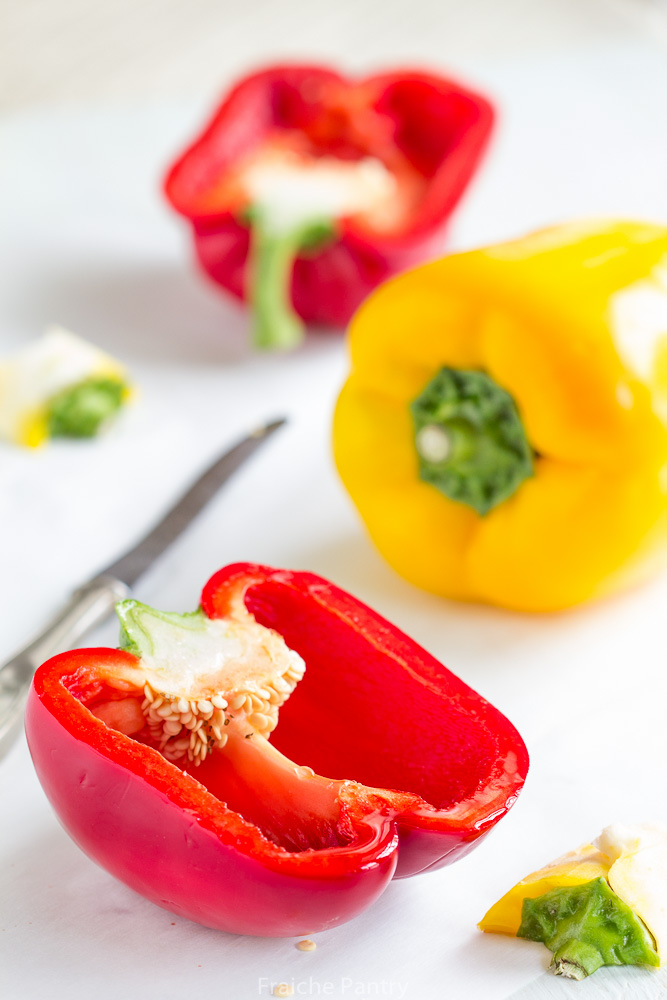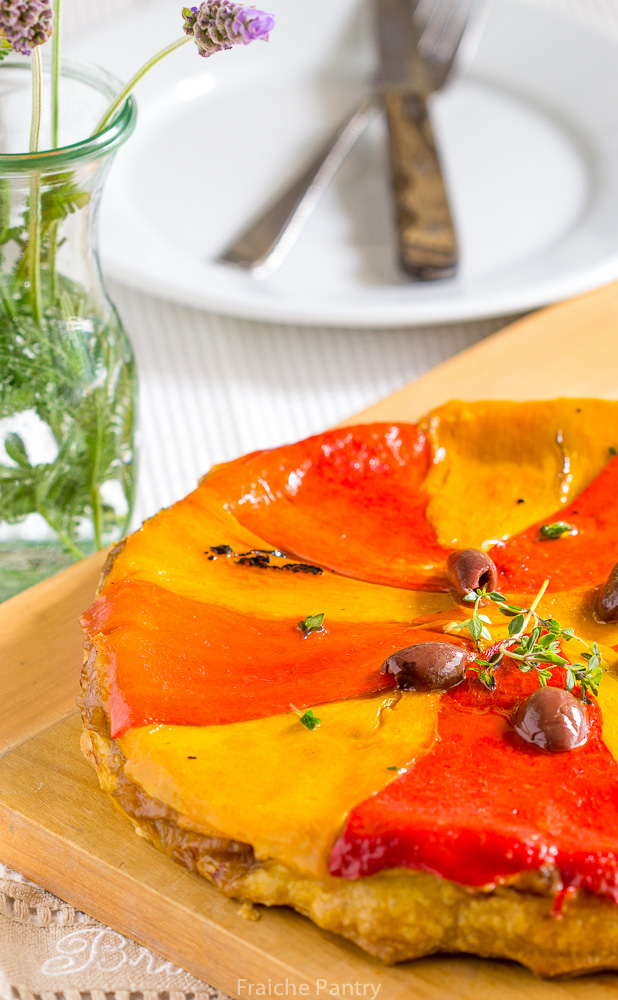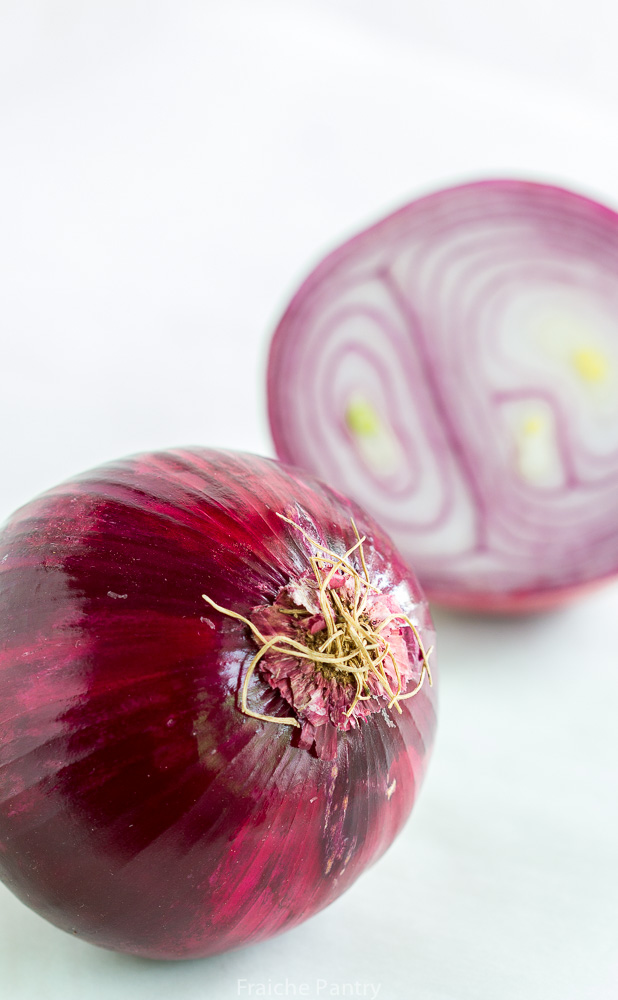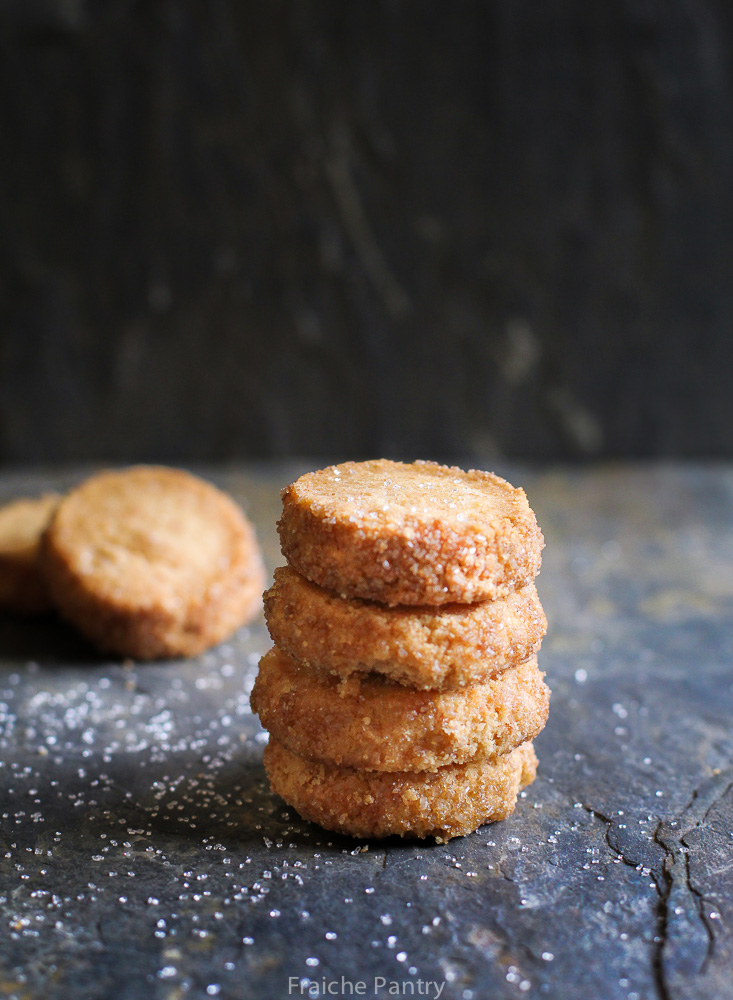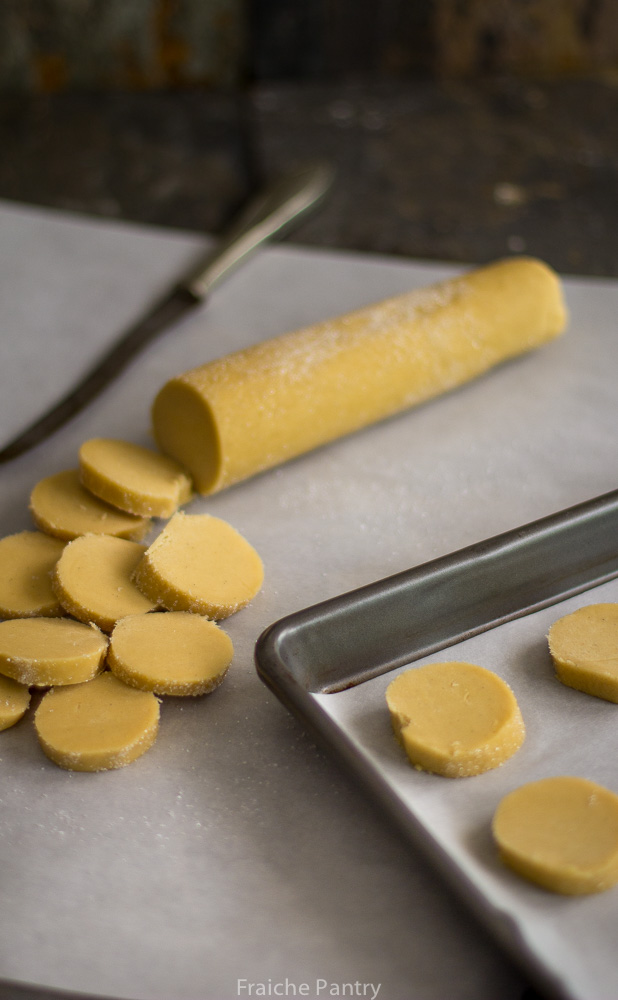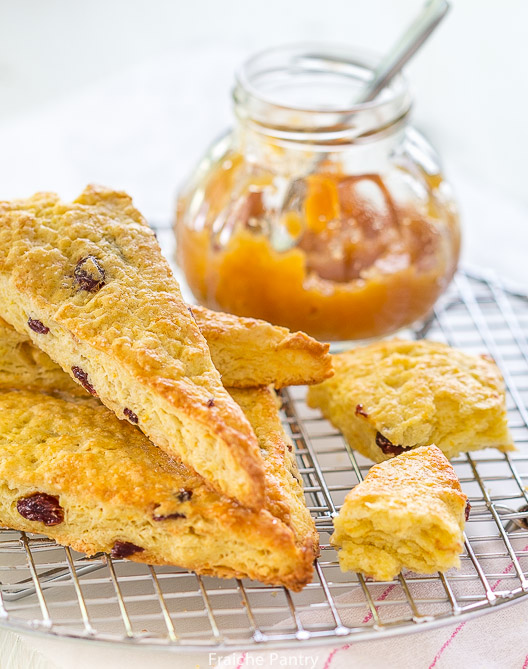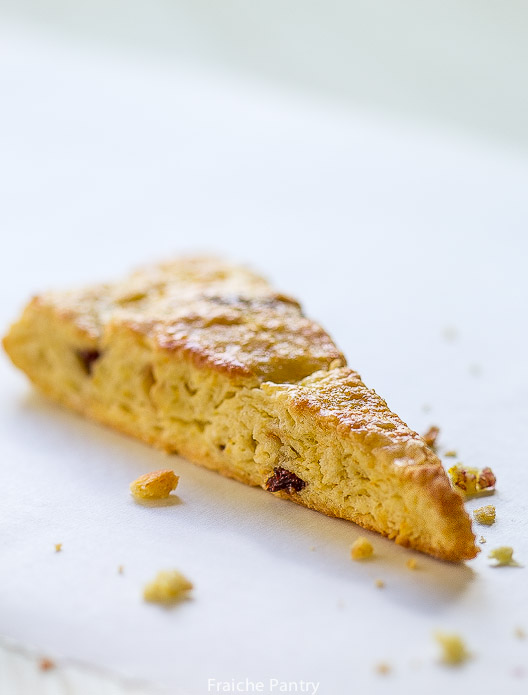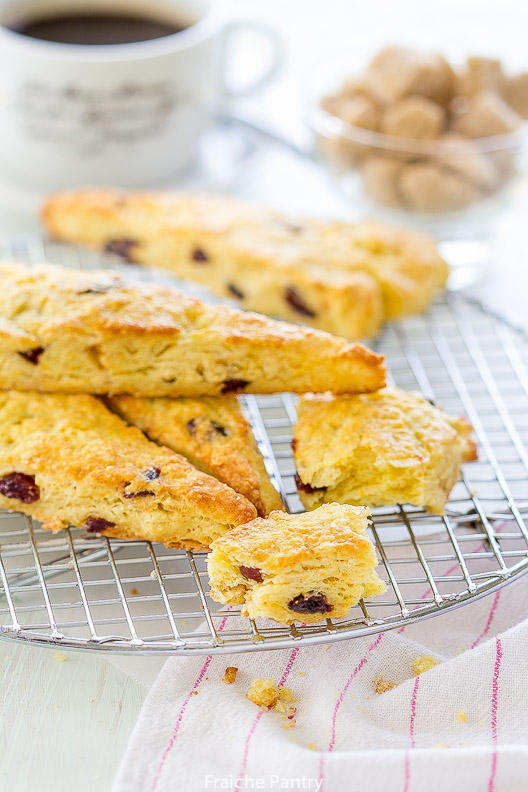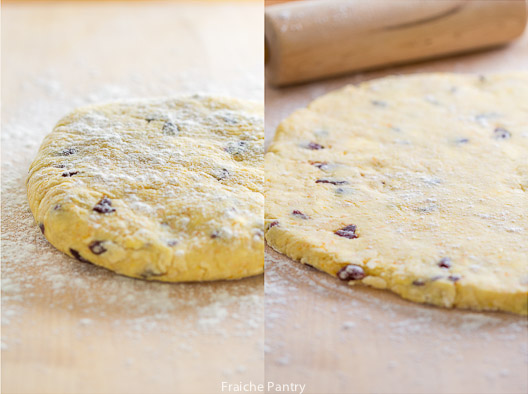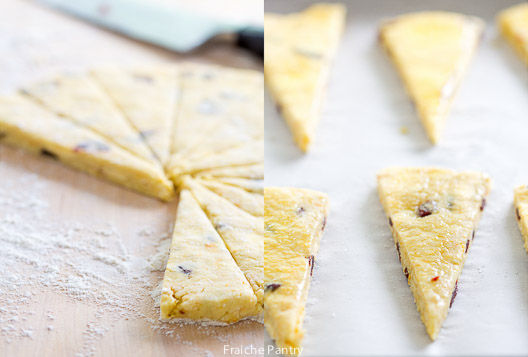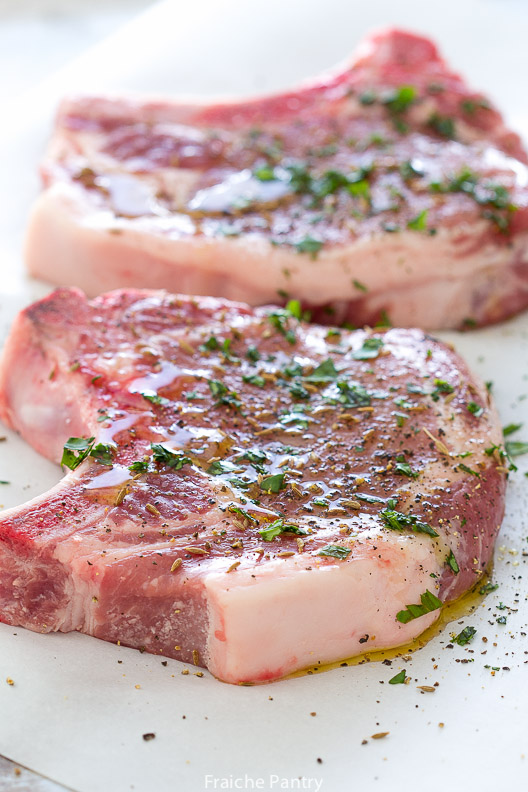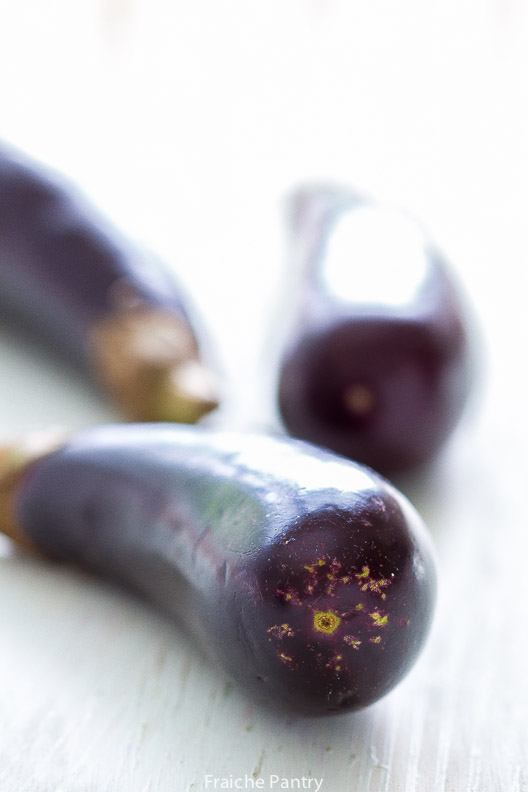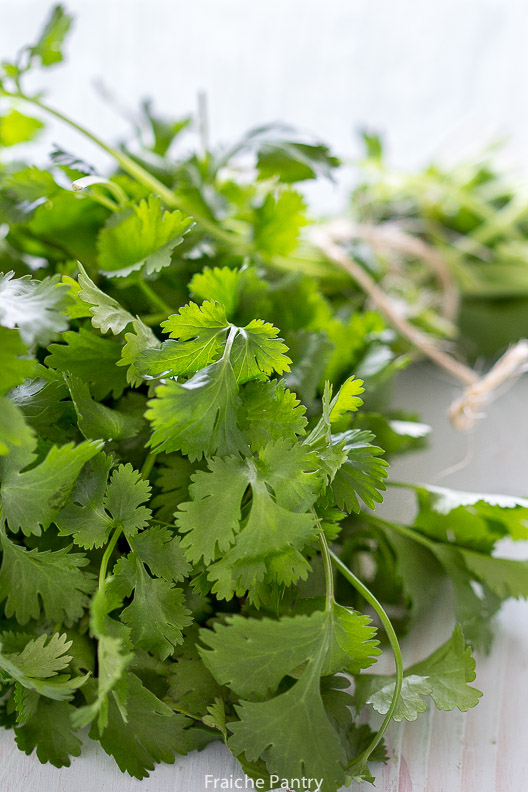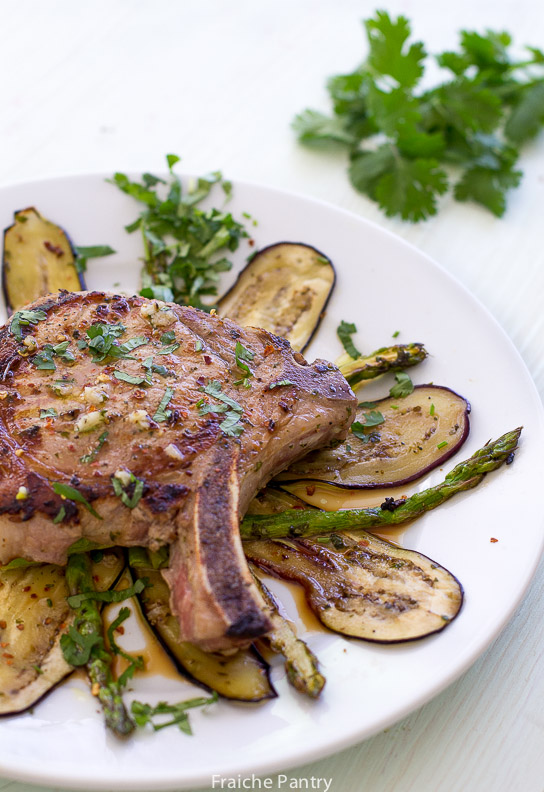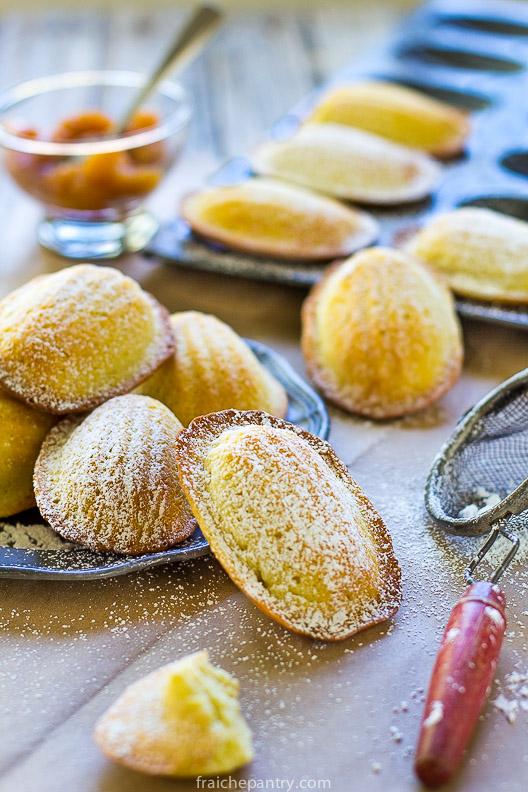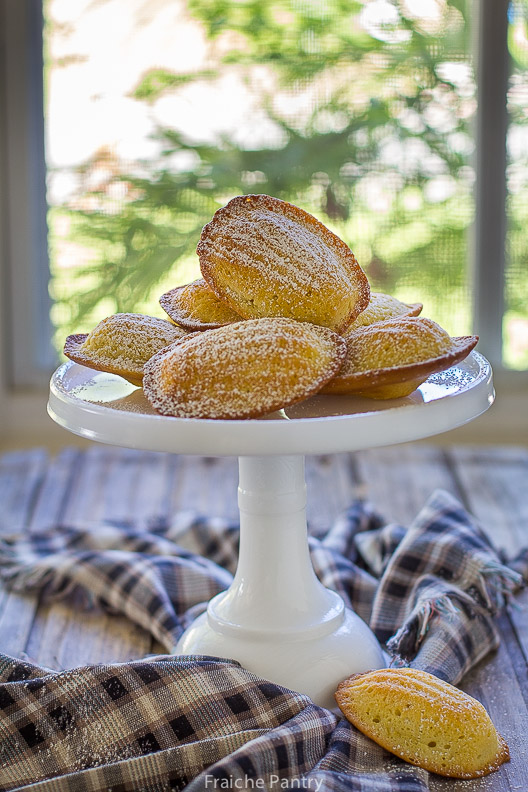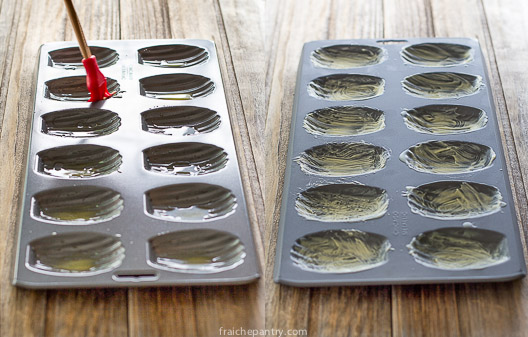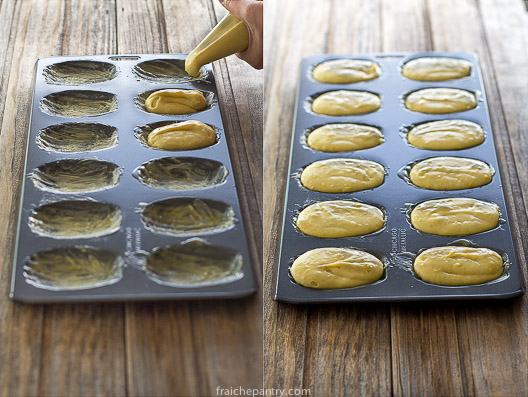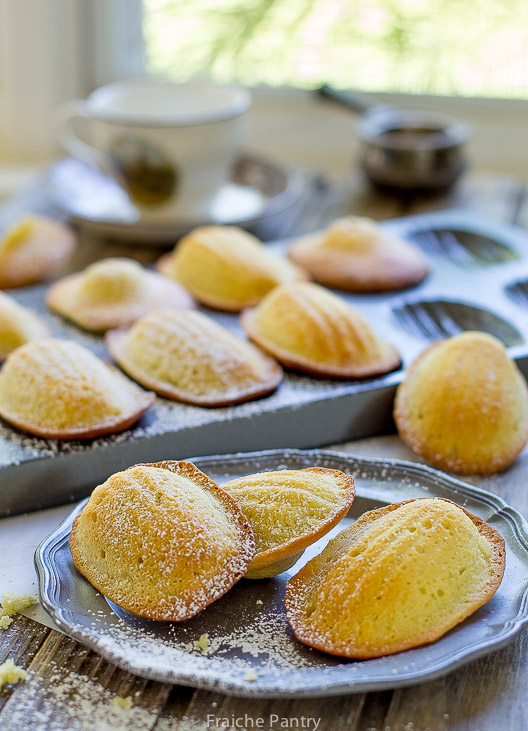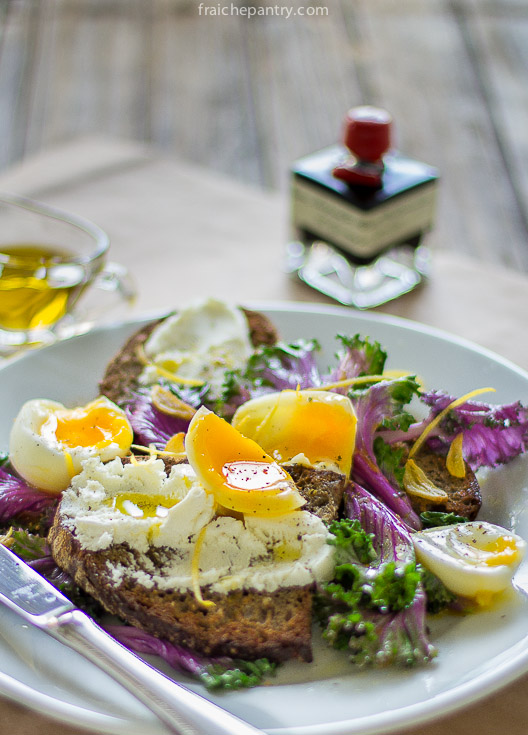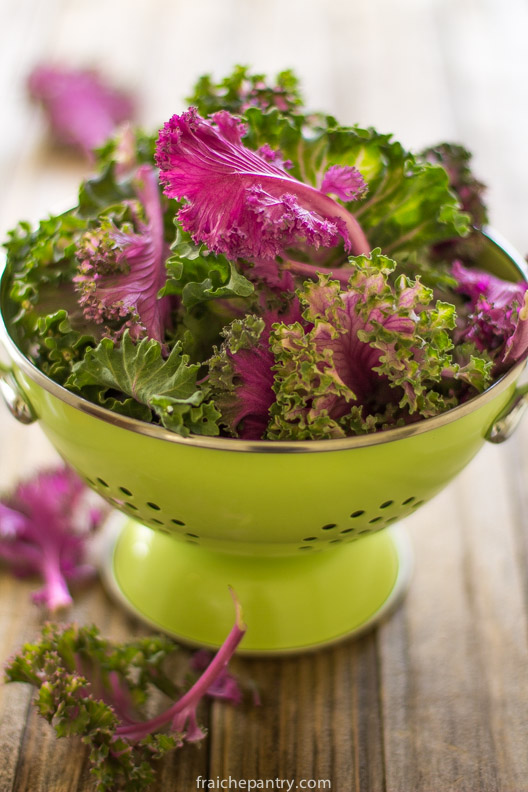There is always room for dessert – especially for sugar-free, gluten-free delicious desserts.
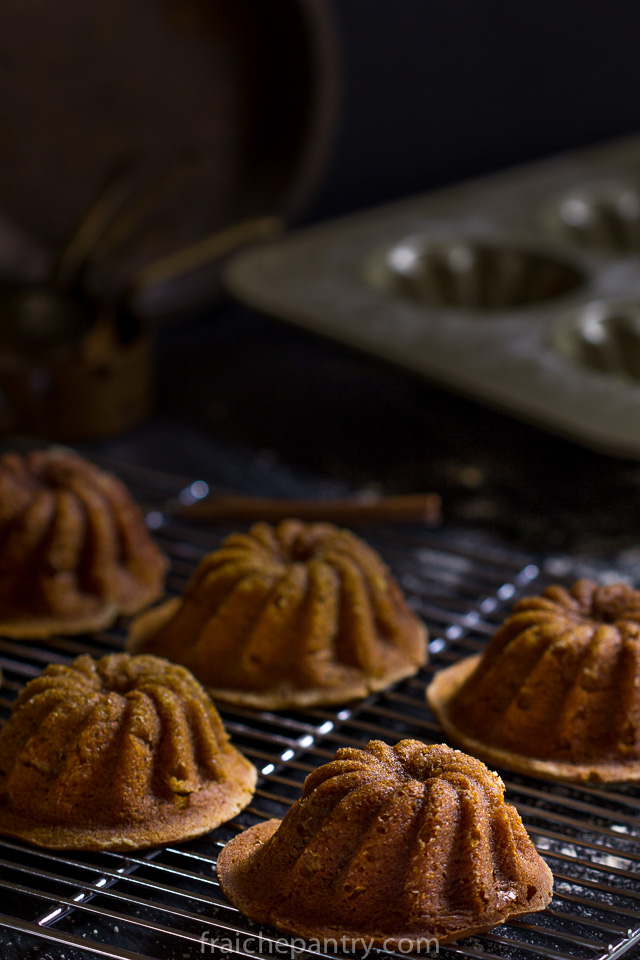
When I invite people over, I want to be able to serve delicious desserts that deliver loads of flavor. Over the years, many of my friends started to follow a gluten-free diet. Consequently, it became increasingly difficult to entertain at home and live up to my standards.
So I decided to work on converting some of my favorite recipes into gluten-free versions. The goal was to create delicious desserts without bulk and flour. Desserts that anyone could enjoy whether or not they follow a gluten-free diet.
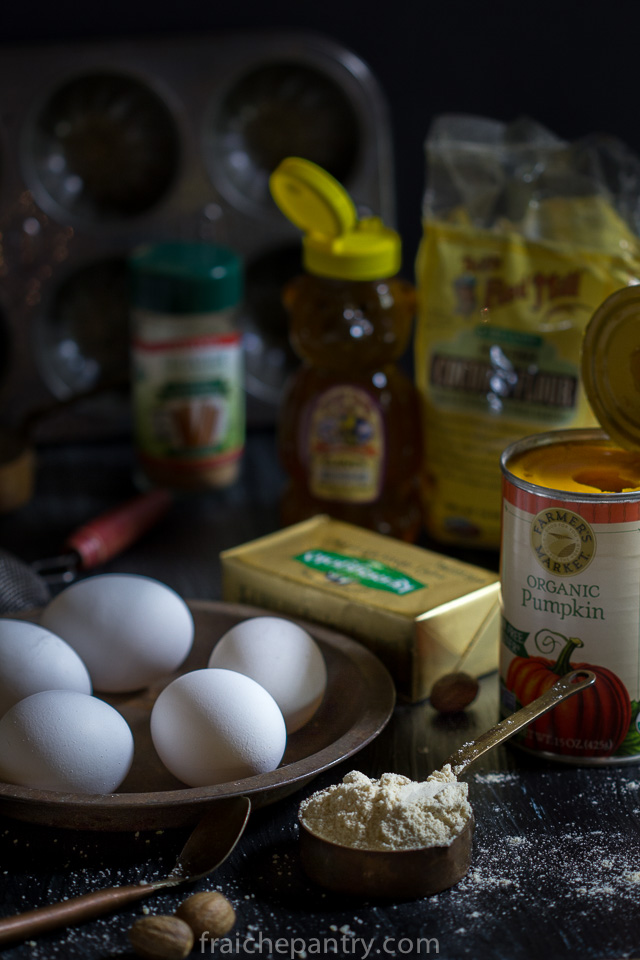
This recipe is an adaptation of King Arthur’s gluten-free pumpkin cake. The KA recipe uses their gluten-free mix. The reason I don’t use gluten-free baking mixes is because many of them contain Xanthan Gum, and I happen to be allergic to xanthan gum. Instead, I use a combination of almond flour and coconut flour and an extra egg for binding.
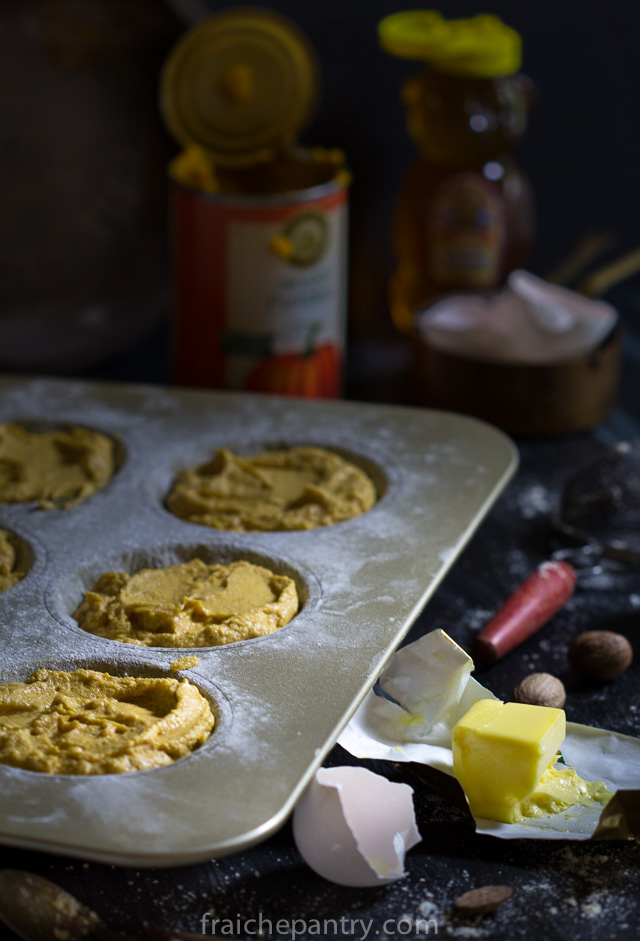
These are deliciously light, moist, sweet and spicy pumpkin cakelettes. The coconut flour adds a wonderful flavor without overwhelming the rest of the ingredients. The honey gives just enough sweetness to make it pleasant. Who’s missing gluten?
- 1 can organic pumpkin puree
- 8 oz of butter (room temperature)
- ½ cup of honey
- 4 extra large eggs (room temperature)
- ½ cup coconut flour
- 1 cup almond flour
- ½ tsp salt
- 1 Tbs pumpkin pie spice
- 1 and ¼ tsp baking soda
- An hour before making the cakelettes bring eggs and butter to room temperature.
- Preheat oven to 350 degrees. Generously butter and flour a cakelette pan. Warm the honey before measuring by putting the container in a bowl of hot water (not boiling) for a couple of minutes.
- In a bowl mix together all dry ingredients. Using a mixer with flat attachment, cream softened butter for a couple of minutes. Add the honey and mix at medium speed for about 5 minutes until creamy and fluffy. Add eggs one at a time mixing well and scraping the sides of the bowl after each addition. By the fourth egg addition the emulsion of the batter will seem like it's breaking down (looking separated and weepy). No worries, once you add pumpkin purée and the dry ingredients, it will smooth out.
- Add pumpkin purée and mix then the dry ingredients and mix just enough to incorporate. Pour batter in buttered loaf pan and bake at 350 for 45 minutes... Watch that the top of the cake doesn't burn. If your oven tend to be on the hotter side, reduce the temp to 335 degrees.

